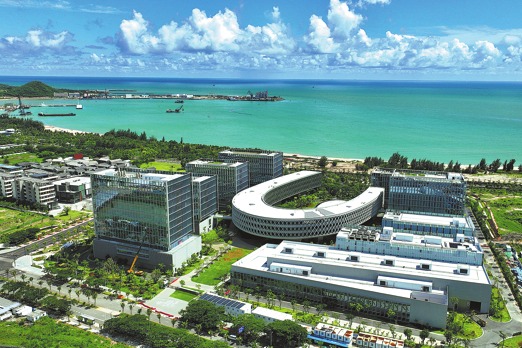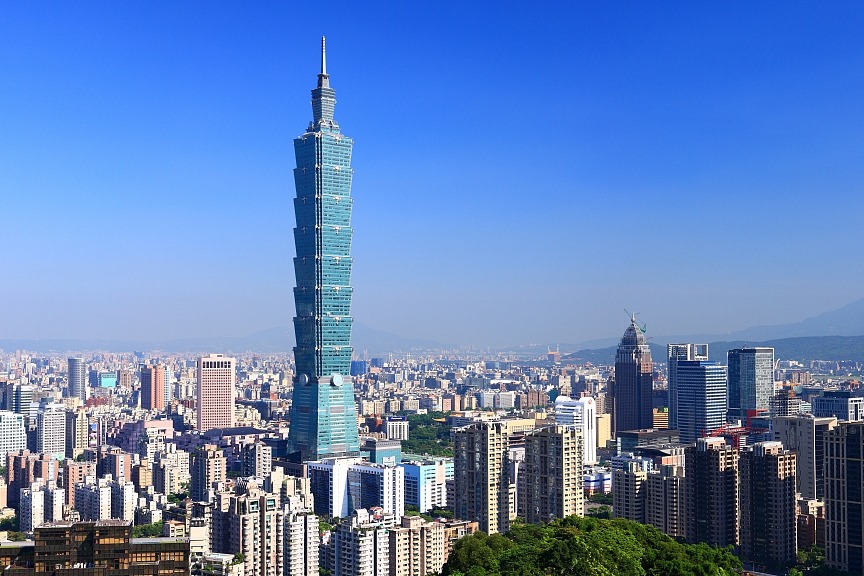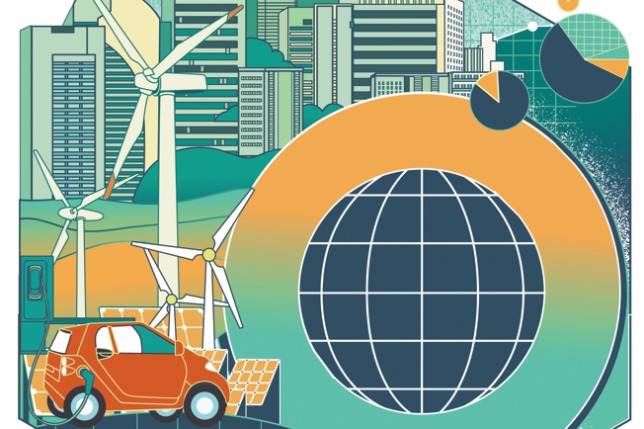West must stop demonizing BRI


At the recent G7 Summit in Germany, US President Joe Biden led the G7 leaders to announce the “Partnership for Global Infrastructure and Investment”, which essentially was an official launch and a rebranding of what had been rolled out as “Build Back Better World” at the G7 meeting in the United Kingdom last year.
Together with its G7 partners, the United States aims to mobilize $600 billion by 2027 to fund global infrastructure projects, as part of an effort by the “leading democratic economies” to counter China’s Belt and Road Initiative.
Infrastructure development is essential for overall economic development, and there is a huge need for funds in developing countries to narrow the infrastructure investment gap.
OECD Business and Finance Outlook 2018 said that, based on sources, annual global investment needs range between $2.9 trillion and $6.3 trillion. While the McKinsey Global Institute estimates that $3.3 trillion in infrastructure investment is needed every year through 2030 to meet the current forecasts for GDP growth, the Asian Development Bank has said the Asian region alone needs $26 trillion in infrastructure investment by 2030. And the African Development Bank estimates Africa’s infrastructure needs to be between $130 billion and $170 billion a year, but says that financing falls short by $68 billion to $108 billion a year.
Better connectivity and deeper economic cooperation are needed to boost countries’ economic development. But the lack of proper infrastructure has held up the development of many countries. That’s why China has been promoting economic development in other countries by helping them build roads, bridges, railroads and ports.
With the aim of filling the infrastructure gap, China announced the now multi-trillion-dollar Belt and Road Initiative in 2013. The initiative focuses on improving connectivity in countries in Asia, Africa and Europe.
The American Society of Civil Engineers, in its Infrastructure Report Card which it prepares every four years, has said the US needs to invest $4.59 trillion by 2025 to bring domestic infrastructure facilities to an acceptable level. For instance, more than 45,000 bridges and one in every 5 miles of roads are in poor condition.
With the US itself needing huge infrastructure investments, how can it fund other countries’ infrastructure development? The Belt and Road Initiative, on the other hand, supported by financial institutions such as the Asian Infrastructure Investment Bank and the Silk Road Fund, and several of China’s large State-owned banks, has the funds, expertise and experience to build infrastructure facilities in partner countries.
As such, the US and its Western allies should try to fill the infrastructure and connectivity gap deemed important to host countries by investing whatever amounts they can, rather than trying to counter China and the Belt and Road Initiative. The developing world needs investments, not broken promises, from rich countries. Whether the West likes it or not, the Belt and Road Initiative has been driving infrastructure development globally, with many road, railway, port and bridge projects either completed or under construction.
Some of the notable Belt and Road projects include the Addis Ababa-Djibouti Railway in Ethiopia and Djibouti, the Kampala-Entebbe Expressway in Uganda, the Nairobi-Mombasa Railway in Kenya, the Jakarta-Bandung High-Speed Railway in Indonesia, the Piraeus Port in Greece, the Padma Bridge in Bangladesh, the Punta Sierra Wind Farm in Chile, the Budapest-Belgrade High-Speed Railway in Hungary and Serbia, the Gwadar Port in Pakistan, and the Colombo Port City and Hambantota Port in Sri Lanka.
Yet the US-led Western politicians and media outlets accuse China of pursuing “debt-trap diplomacy” and are now trying to blame it for Sri Lanka’s dire situation, claiming the extensive loans it gave to Colombo have dragged the country into a “debt trap”.
But the fact is that China is just Sri Lanka’s fourth-largest creditor (about 10 percent), behind international capital markets (47 percent), multilateral development banks (22 percent), and Japan (10 percent), according to the Iowy Institute. How does it possible to create a “debt trap” as Western media claimed?
The Western accusations came after hundreds of thousands of protesters, angry with the country’s severe economic crisis, stormed the presidential palace in Colombo and broke into the private residence of the prime minister and set it on fire on Saturday, forcing the two leaders to announce they would resign.
Multiple factors, domestic and external both, have pushed the Sri Lankan economy from one terrible situation to another. The coordinated Islamist terrorist attacks on three churches on Easter Sunday in 2019 killed more than 250 people and triggered recurring retaliatory attacks on Muslims in Sri Lanka, bringing tourism to a near halt. That dealt a big blow to the economy, because tourism accounted for 10 percent of Sri Lanka’s GDP.
In 2019 itself, the new government announced the country’s largest tax cuts — from 15 percent to 8 percent — among other tax concessions, hoping they would revive the foundering economy. The move had the exact opposite result: it drastically reduced government revenue, prompting credit rating agencies to downgrade the country’s ratings thus preventing it from borrowing money to boost its shrinking foreign reserves.
The problem was further compounded by the US raising interest rates and shrinking its balance sheet which caused drastic changes in the global financial and development environment.
And the final blow was dealt by the ongoing Russia-Ukraine conflict that caused food and energy prices to soar even higher in the country because it imports about 45 percent of its wheat and about half of its soybean from the two countries, which are also major importers of Sri Lankan tea and important sources of tourists for the country.
There were multiple factors behind the ongoing crisis in Sri Lanka. The US-led West should reflect on the damages they caused, and mustn’t demonize the Belt and Road Initiative any longer.
The author serves as a director of Belt and Road Initiative Sri Lanka, an independent organization that provides advice on and supports Belt and Road projects.
The views don’t necessarily reflect those of China Daily.
If you have a specific expertise, or would like to share your thought about our stories, then send us your writings at opinion@chinadaily.com.cn, and comment@chinadaily.com.cn.


































